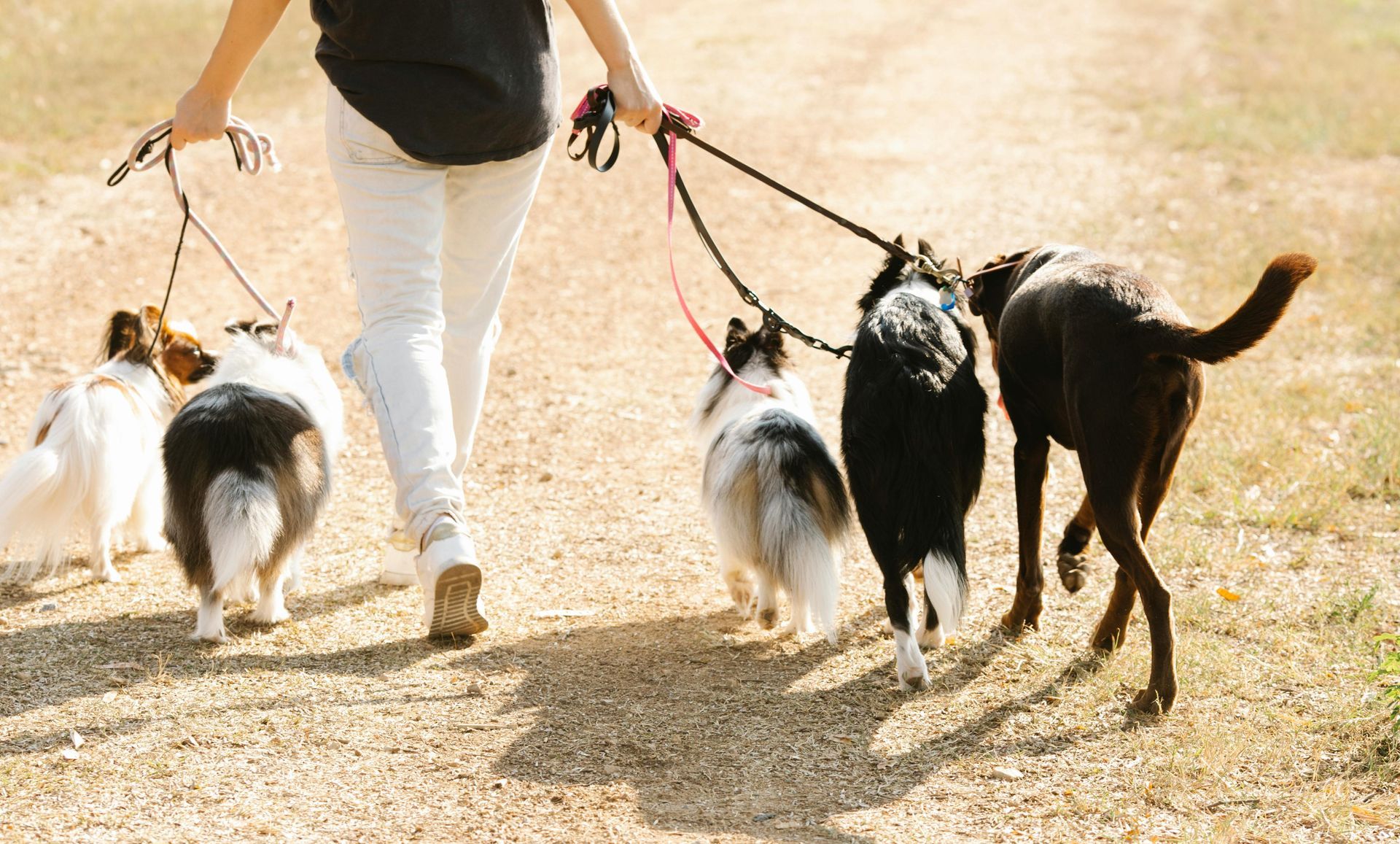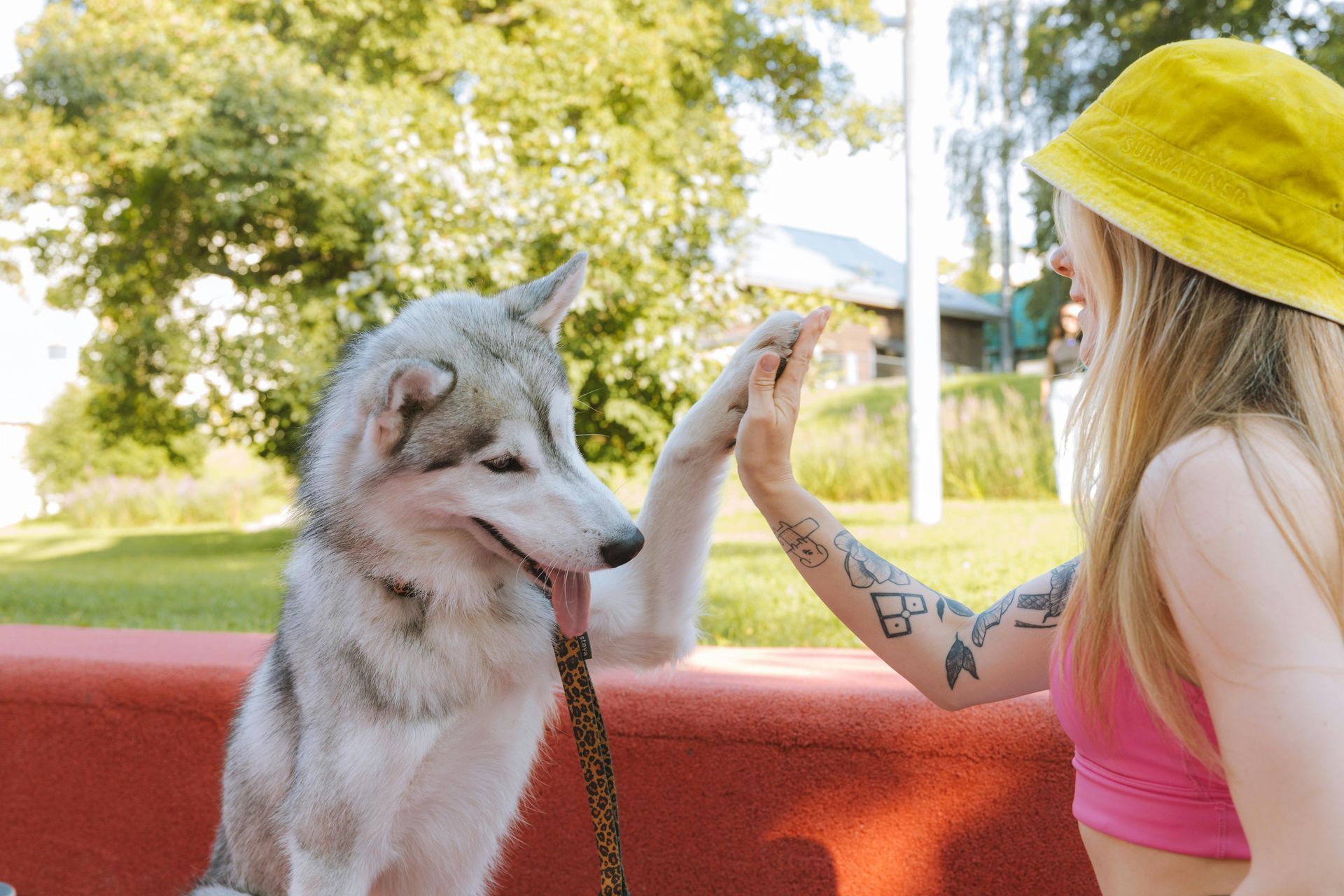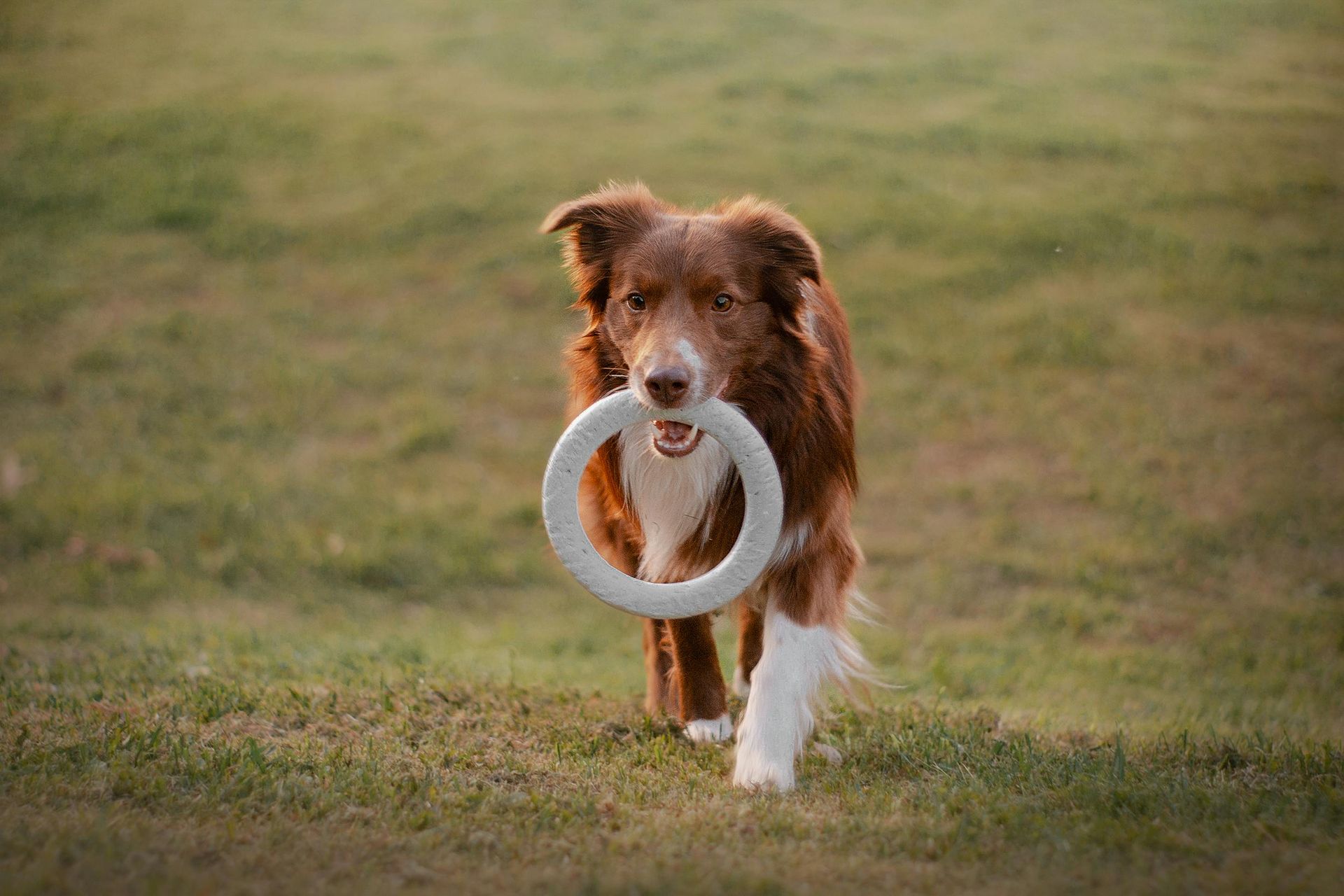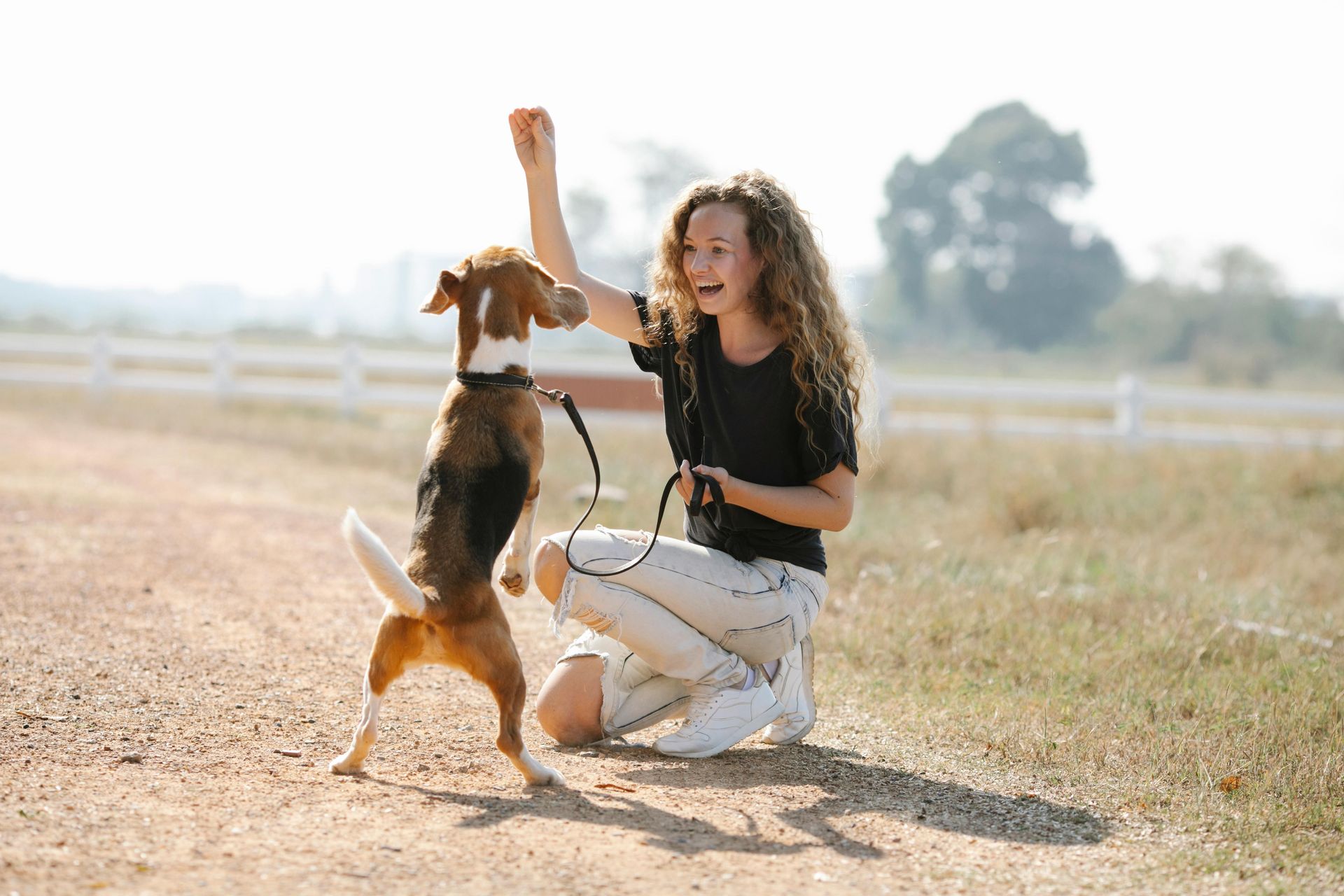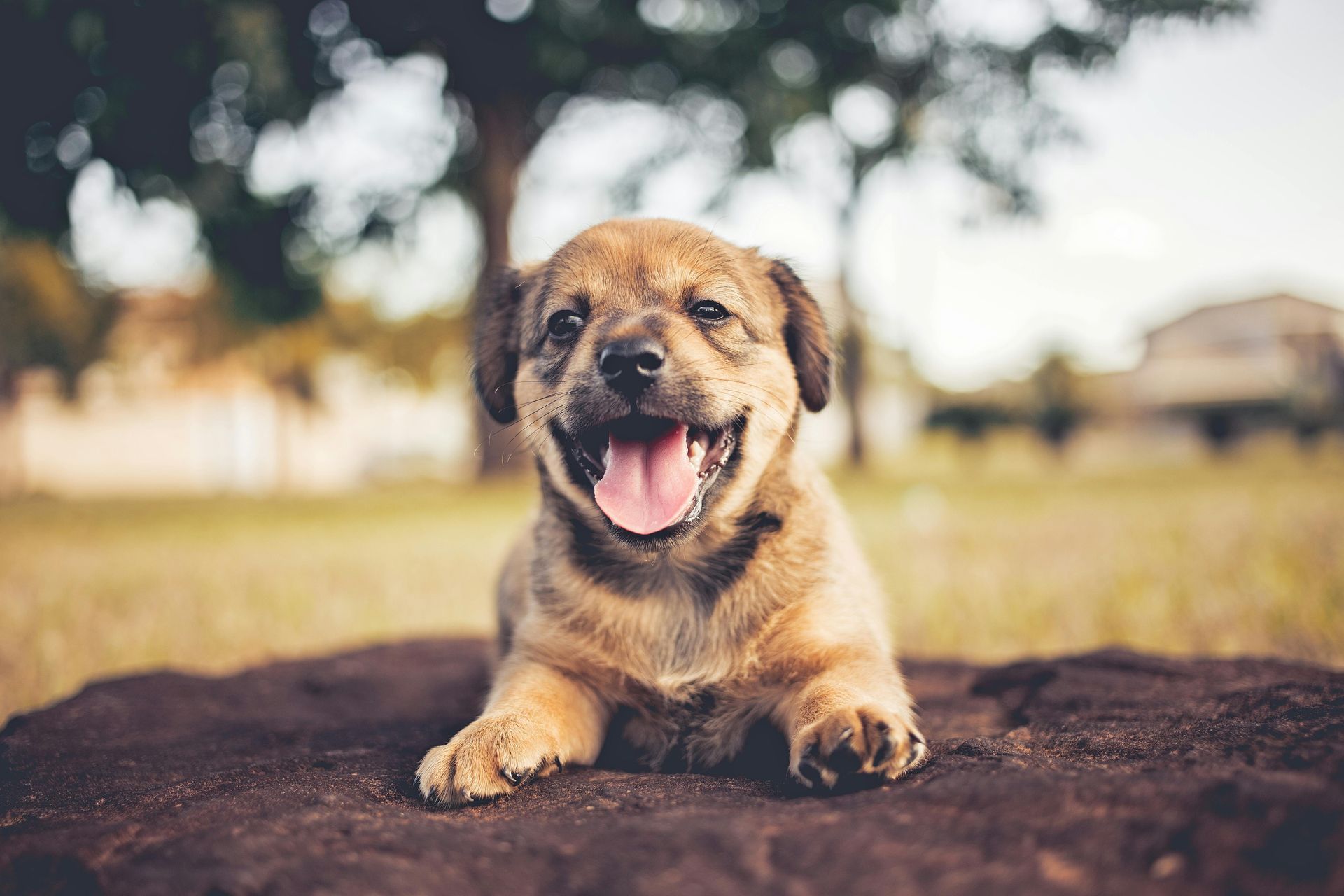Dog-Proofing Your Christmas Decorations
The holiday season brings joy and festivity, but for pet owners, it also brings the challenge of keeping curious dogs safe from Christmas decorations. Here’s a guide on how to ensure your decor is dog-friendly, ensuring a safe and joyful holiday for all members of your family.
Potential Hazards from Common Decorations
- Power Strips and Electric Cords: These are essential for lighting but can pose electrocution risks if chewed. Ensure cords and power strips are concealed or inaccessible to your pets.
- Christmas Stockings: While festive and fun, if hung within reach, they can be pulled down and chewed, possibly leading to ingestion of non-food items or treats that could be toxic.
- Ornaments: Dogs may see shiny or dangling ornaments as toys. If these are made of glass or small parts, they can break and cause injuries or be ingested, leading to serious health issues.
- Christmas Trees: The oils from some real trees can be irritating to pets, and the needles can cause gastrointestinal upset or injury. Ensure your tree is securely anchored so it can't tip over.
- Holiday Plants: Many plants like mistletoe, holly, and poinsettias are toxic to dogs. Symptoms of poisoning include vomiting, diarrhea, and lethargy.
How to Safely Decorate
- Elevate Your Decorations: Keep decorations out of reach. Raise your Christmas tree off the ground and use gates to block access to rooms with decorations.
- Secure Electrical Cords: Use cord protectors or tape cords down securely to prevent your pets from getting to them.
- Choose Safer Ornaments: Opt for plastic or unbreakable ornaments and avoid using tinsel or angel hair, which can cause intestinal blockages if ingested.
- Monitor Your Dog: Keep an eye on your dog when they are in decorated rooms, or consider creating a safe, decoration-free zone where they can relax without supervision.
- Plant Placement: Keep all plants on high shelves or in rooms that are off-limits to your pet to prevent any accidental ingestion.
Implementing Safety Measures
- Use Baby Gates: These can help to restrict access to areas of your home that are heavily decorated.
- Avoid Toxic Treats on Trees: If you traditionally decorate your tree with edible items like chocolate or popcorn, consider skipping these if your pets can access the tree.
- Immediate Gift Placement: Rather than placing gifts under the tree throughout the season, bring them out just before you are ready to open them to avoid tempting your dog with wrapped items that could contain food or small, chewable parts.
By following these tips, you can enjoy a festive and bright holiday season with your decorations and your pets safely coexisting.

